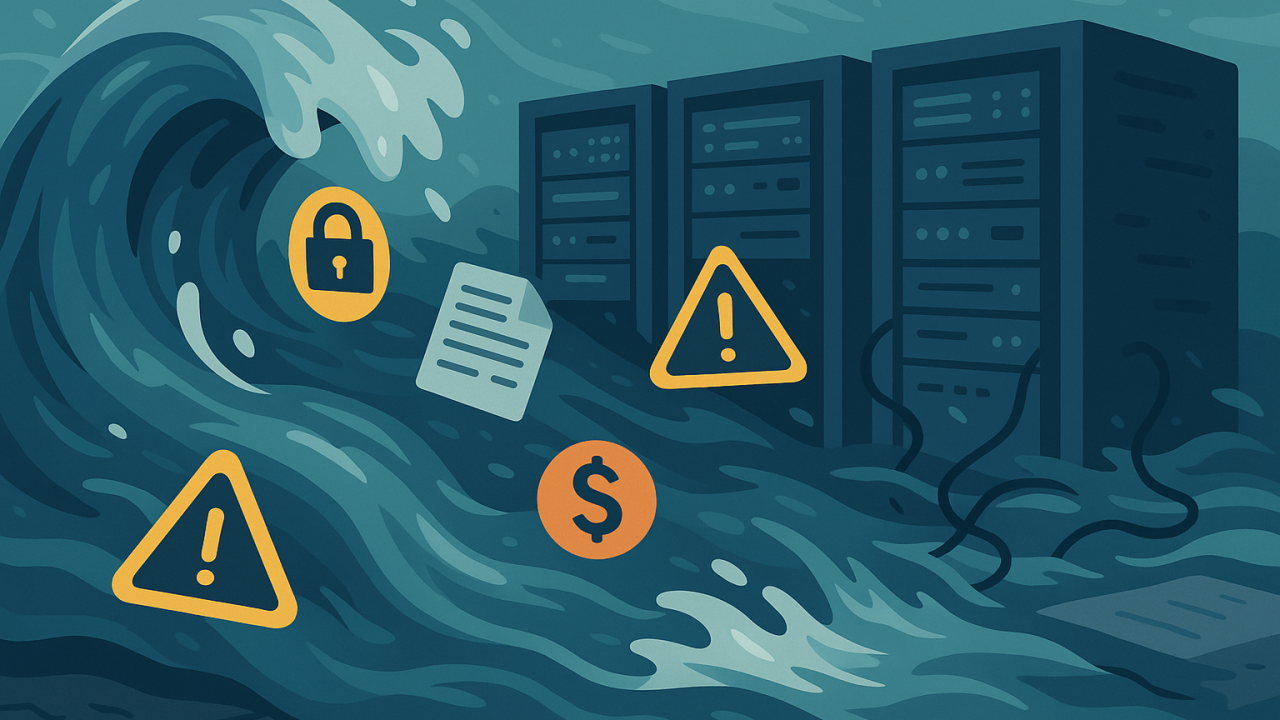It’s powerful. Dynamic. Always moving. And without proper control, it can flood your systems, pollute your insights, or quietly degrade trust downstream.
Worse - if it’s ungoverned, it might even carry things you really don’t want in there: PII that shouldn’t leave its home region, sensitive financial data where it doesn’t belong, or payloads that violate your compliance rules. Once that happens, it’s already too late.
So why do most teams still treat streaming data like batch tables - something you can inspect later, fix retroactively, or monitor passively? Because the tools to do better are often missing.
In batch systems, you can peek into the past: run historical queries, replay jobs, explore complete datasets at rest. In streaming, those luxuries vanish. Profiling is harder. Replay is expensive, or even impossible. Observability is scattered across infra, app, and data layers.
Without specialized tooling for real-time validation, teams fall back on the mental model they already know - the batch mindset. We get it, vintage is cool. But clinging to the batch mindset in a streaming world is like waiting for your entire film to be developed while you already have the ability to see it live in your video feed. Charming for nostalgia, but a complete waste of the immediacy and power that streaming makes possible. Streams don’t wait. They carry data continuously, and any issue at the source flows straight to consumers - often at the speed of failure.
If you want your real-time systems to be reliable you need to govern streams the way a dam operator manages a river: safeguards at the source, proactive controls on flow and quality, and real-time monitoring of the stream.
Challenges of Real-Time Data Streams
Without specialized tooling for real-time governance, teams operate with blind spots that make quality control hard:
Fragmented ownership – Events flow in from many producers, often with no shared contracts.
Untracked schema changes – Fields are added, removed, or redefined without warning.
No easy reprocessing – Once bad data flows, rolling it back is costly, if it’s even possible.
Silent error spread – One bad payload can spread instantly through dozens of systems.
And here’s the kicker: inspecting a stream mid-flow is nothing like querying a table. You can’t grab “last week’s snapshot” for a quick check. You can’t pause the flow to investigate. And your logs or metrics probably don’t have enough detail to reveal:
Fields silently changing type or meaning
Drops in volume or key coverage
Deprecated or unused fields
This all leads to governance by implicit trust: producers push whatever they like, schema checks are optional at best, and consumers assume everything is fine - until it isn’t.
When that trust breaks - malformed data, compliance breaches, unexpected spikes - the failures cascade at the speed of the stream. And without stream-level governance, you’re left playing catch-up while blindfolded. You don’t even know what you don’t know until the impact has already reached production.
Why You Need Stream-Level Data Quality and Observability
You don’t clean a river by testing the water after it meets the ocean. And you don’t protect your real-time systems by only checking dashboards at the very end of the flow. You need governance built in from the start, with controls at the source, continuous monitoring in‑flight, and fast feedback to producers when something breaks.
That means:
Enforce contracts at ingestion – Validate schemas, semantics, and compliance rules before data enters the stream.
Profile continuously – Track field behavior, distributions, null rates, and drift in real time.
Detect anomalies instantly – Catch spikes, drops, schema changes, and compliance risks before they spread.
Alert with context – Send actionable, stream‑specific alerts to the right team immediately.
Assign ownership – Make producers accountable for each stream’s quality and SLAs.
Govern end‑to‑end – Bake in lineage, access controls, retention rules, and compliance from day one.
Strong governance keeps the stream clean, predictable, and safe to consume. Without it, you’re not really steering your real-time systems - you’re just chasing problems downstream, hoping to catch them before they spill everywhere. And in streaming, hope is not a strategy.

